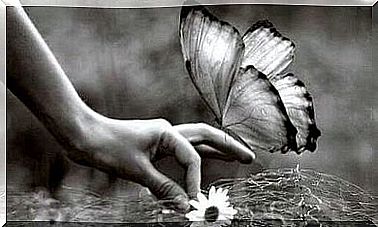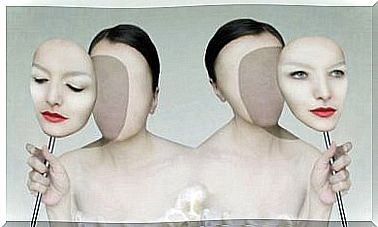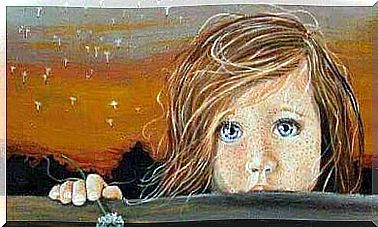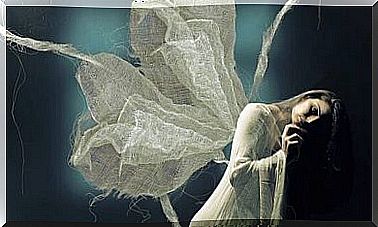The Ishikawa Diagram For Solving Problems
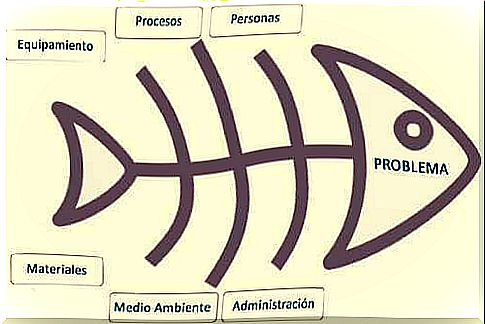
The Ishikawa diagram , also known as the fishbone diagram, is an essential tool in a company’s quality processes. Thanks to this instrument, it is possible to analyze existing problems by clarifying the causes that give rise to them. At the same time, it allows workgroups to understand what obstacles are hampering the organization’s potential.
Seeing the name of this analysis technique, we already sense that its origin is not exactly Anglo-Saxon. The Japanese are great commercial strategists and, if a good part of their products, technologies and resources are in prominent positions in our market, it is for some reason. It was Karou Ishikawa, a Japanese industrial chemist and business manager, who introduced this idea in 1943.
Nowadays, Ishikawa is considered one of the great gurus in the quality processes of any organization. In addition to the famous fish diagram for analyzing the cause of problems in a company, we owe him other things.
Ishikawa was one of the first voices to emphasize the need to introduce total quality control (CTC) into production. All the people who make up a workplace, from the highest managers to the lowest positions, should participate in this control.
For him, quality was synonymous with responsibility, ethics and education. If someone neglected these principles, the goals were not met. At the same time, the entire work team, according to this approach, needs resources to be able to monitor their progress, as well as existing problems and obstacles. The Ishikawa diagram is one of them. Let’s get to know this tool next.
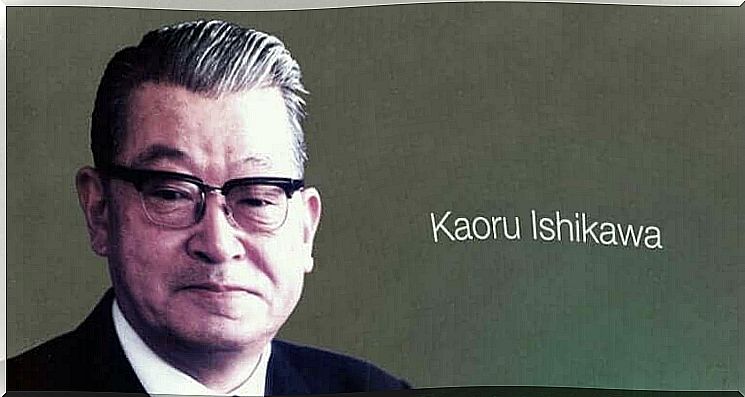
What does the Ishikawa diagram consist of?
While it is true that the Ishikawa diagram is mostly used in the business context, we can use it in many other contexts. After all, it’s still a good mental strategy with which to analyze the causes of problems.
However, it is interesting to know its two aspects or scopes of application. So let’s take a closer look at ways to use the famous fish diagram devised by Kaoru Ishikawa.
The cause and effect diagram in the business environment with work teams
Any company, no matter how small, faces its daily challenges with greater or lesser effectiveness. One way to gain effectiveness is knowing how to deal with incidents, as well as problems and discrepancies that can arise at any time.
The Ishikawa diagram can help us solve these setbacks with wit. These are the secrets.
- All members of the organization (or a representative of them) must be present.
- First, the problem must be defined. For example, the low production of the last quarter. That will be the fish’s head or the effect.
- Once the problem is defined, the fish bones are elaborated, which will define the causes.
- For this, the scheme that will be presented must be followed, which maps the points of analysis or reflection:
- Methods.
- Machines (equipment).
- People (workers).
- Materials.
- Management.
- Workplace.
- Each person should contribute by suggesting, in their opinion and according to their experience, the causes that gave rise to this problem. From there, it goes on to brainstorming until creating a large causal diagram with which it will be possible to observe what is wrong in the company.
- The last step is the most decisive: resolve. It is necessary to find a solution to these challenges identified among all.
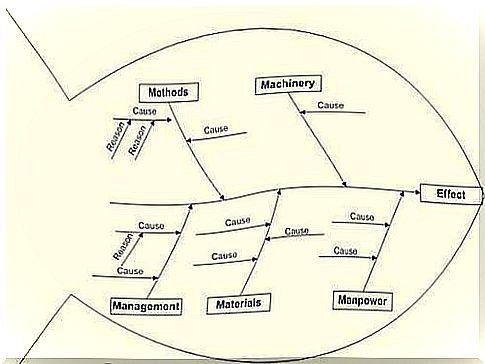
Ishikawa diagram for our personal growth
As we have already stated, the Ishikawa diagram can be removed from the social and business scope to become an appropriate strategy for the area of personal growth.
Basically, we are faced with a tool that serves to identify the causes of these effects that currently limit our well-being. Therefore, we can apply it to virtually any scenario in our lives.
But how can we apply it in our daily lives? How can this tool help promote our happiness or our ability to achieve certain life goals? To find out, we must consider the following steps.
- Determine our worry, fear, emotional barrier or problem. For example: I feel stressed.
- The second step, as we already know, consists of shaping the fish’s bones (which will map the causes that may have caused the effect, in this case, stress). For this, we can base ourselves on the following categories:
- How do I use my time?
- What image do I have of myself? It’s good?
- What kind of thoughts do I usually have?
- Who are the people who make up my daily surroundings?
- Am I doing something to feel better?

The last step of the Ishikawa diagram applied to the field of personal growth or well-being is the most important. Once we have managed to better detail and be aware of what is causing our discomfort or what are the realities that represent an obstacle to achieving what we want (whether it is reducing stress, reaching a goal or making a change), it is time of thinking about solutions.
Carrying out the famous fish diagram will be useless if it doesn’t allow us to initiate improvements. Therefore, we must use this original feature for our own benefit. It’s a valuable analytical exercise that also invites us to exercise creativity in making improvements, in allowing the fish to move through a brighter, happier, and more opportunity-filled ocean.
